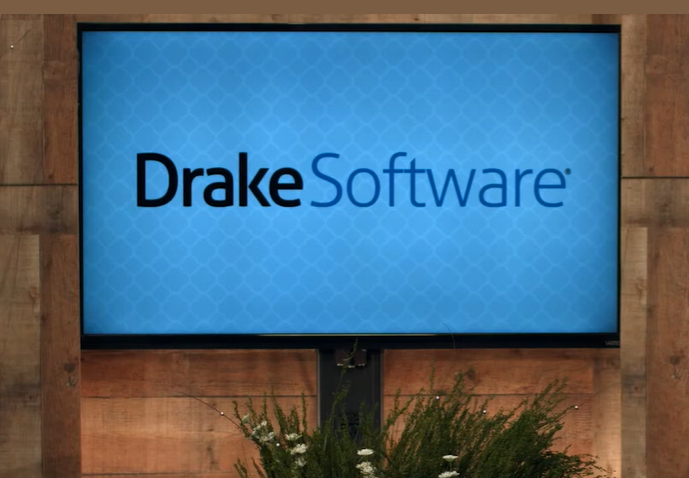In today’s rapidly evolving business landscape, automation has emerged as a linchpin for enhancing operational efficiency and competitive advantage. A case in point is the recent launch of Drake Workflow by Drake Software, a professional tax preparation solutions provider. This innovative workflow automation suite aims to optimize and automate tax preparers’ tasks and enhance team collaboration across various Drake products. While Drake Workflow is tailored for tax professionals, the underlying principles of automation—and the choices available in the market—have broader implications for organizations of all sizes.
Drake Workflow responds to the identified needs of tax professionals, particularly during the intense pressure of filing season. It incorporates several features designed to streamline operations and improve visibility into client progress. For instance, it integrates seamlessly with other Drake products, providing various functionalities that help tax professionals manage their workload more effectively. This form of integration is pivotal for reducing manual steps and ensuring real-time updates, thus mitigating one of the most significant pain points in tax preparation: the risk of errors during high-volume periods. The tools available within the suite automatically update statuses as work progresses, eliminating the need for spreadsheets that consume time and increase the potential for inaccuracies.
When comparing Drake Workflow to other automation platforms, such as Zapier and Make, the strengths and weaknesses become apparent. Zapier offers an extensive range of integrations across various applications, allowing different functionalities to connect and automate tasks seamlessly. However, it does come with limitations, such as potential delays in executing workflows, depending on the complexity and volume of automations. In contrast, Drake Workflow’s integrations are specifically designed for the tax industry, offering focused features that ensure faster execution with fewer manual interventions. While Zapier and Make are more generalized tools suitable for numerous industries, Drake Workflow is targeted, reducing the learning curve and optimizing usage for tax professionals.
In terms of scalability, both frameworks have unique attributes. Zapier and Make can cater to small and medium-sized businesses (SMBs) by allowing them to gradually scale their automated processes as their operations grow. However, the breadth of features may overwhelm organizations that require a more straightforward setup. Drake Workflow, while not as expansive in integration with other outside platforms, excels in providing a streamlined experience for those within the tax sector, ensuring that users can adopt and scale the tool seamlessly as their client base expands.
Cost is another crucial consideration. Both Zapier and Make operate on tiered pricing models that may become costly as the number of automations and connections increases. This is particularly relevant for tax professionals, who may require multiple automation workflows during peak season. Drake Software has not publicly disclosed specific pricing for Drake Workflow, but integrating multiple features into a single suite may ultimately offer a more cost-effective solution for tax professionals by reducing the need for various subscriptions and licenses.
Return on investment (ROI) is a vital metric in assessing any automation platform’s effectiveness. Organizations that have adopted solutions like Drake Workflow could experience significant gains in productivity, allowing tax professionals to focus on value-added activities rather than administrative tasks. A reduced time spent on manual updates and more cohesive team collaboration can yield higher client satisfaction rates, generating repeat business and referrals—a critical driver for SMB growth. As tax season becomes increasingly competitive, platforms that offer such efficiencies are invaluable.
As we consider the broader implications of automation in the business landscape, the recent innovations in workflow solutions remind us of the importance of specificity in technological adoption. Organizations must assess their operational needs critically before implementing a solution. For tax professionals, tools like Drake Workflow provide the necessary features tailored to their industry, while more generalized platforms like Zapier and Make serve organizations requiring broader functionalities across multiple sectors.
In conclusion, the decision to adopt an automation platform should hinge on an organization’s specific needs, scalability, ROI, and how well the tool integrates with existing systems. As technologies continue to evolve, the ability to create efficient workflows will be a crucial determinant of success in any industry. Embracing automation not only allows businesses to overcome immediate operational challenges but also positions them for future growth.
FlowMind AI Insight: As organizations increasingly seek tailored solutions for automation challenges, the trend toward specialized platforms will likely gain momentum. This shift will not only streamline operations but also enhance employee satisfaction, setting a new standard for success in the digital age.
Original article: Read here
2025-09-16 21:29:00

